Discovering Oystercatchers: Fun Facts and Features
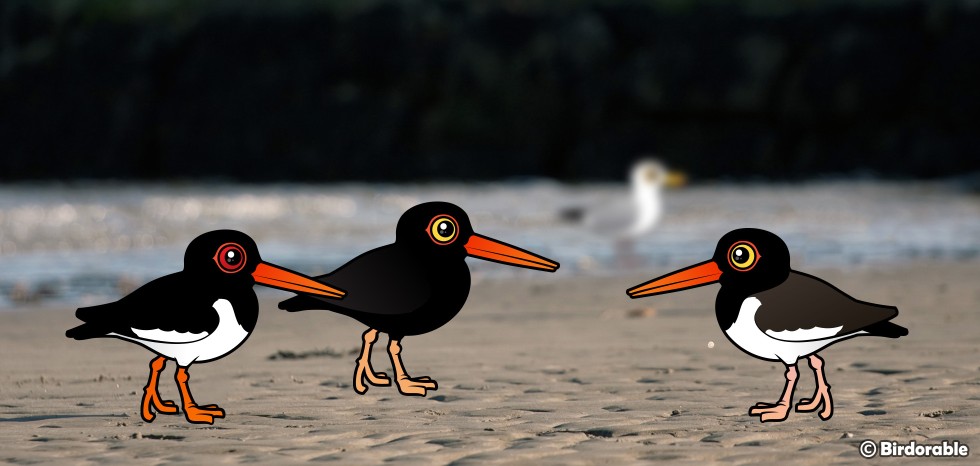
We recently added two new species of oystercatcher to Birdorable: the Black Oystercatcher and the Eurasian Oystercatcher. These join our updated American Oystercatcher.
Oystercatchers are a fascinating family of conspicuous, large shorebirds, boasting several intriguing characteristics and a wide range of species. Here are some captivating facts about these remarkable birds:
- Currently, there are 11 recognized species of Oystercatchers still living in the world. These birds are spread across various continents, each adapting uniquely to its environment.
- The Canarian Oystercatcher is a notable species that unfortunately went extinct in the early 1900s, highlighting the fragility of shorebird populations.
- In the Americas, four distinct species of Oystercatchers can be found: the American Oystercatcher, Black Oystercatcher, Blackish Oystercatcher, and Magellanic Oystercatcher. Each of these species has its own unique traits and habitats.
- Australia and New Zealand are home to five Oystercatcher species: the Sooty Oystercatcher, Pied Oystercatcher, Variable Oystercatcher, Chatham Oystercatcher, and South Island Oystercatcher. These regions provide diverse environments for these birds to thrive.
- The remaining two extant species are named after their geographical ranges: the Eurasian Oystercatcher and the African Oystercatcher.
- Oystercatchers, across all species, have a stocky shorebird build, adapted for their shoreline habitats.
- While all Oystercatcher species have black feathers, some species feature black on top with white feathers underneath, showing diversity within the family.
- A striking feature of Oystercatchers is their large bills, which are either bright orange or bright red, aiding in foraging and feeding.
- Contrary to what their name suggests, Oystercatchers do not exclusively feed on oysters. They have a varied diet, and each species has a slightly different bill shape, specialized for the type of food they primarily consume.
- Nesting habits of Oystercatchers involve creating scrapes on the ground, with most species nesting at or near shore habitats, taking advantage of their natural surroundings.
- The Eurasian Oystercatcher stands out as the lightest species, averaging around 526 grams, while the Sooty Oystercatcher is typically the heaviest, averaging about 833 grams.
- The Eurasian Oystercatcher's ability to inhabit both coastal and inland areas is unique among its kind.
- The national bird of the Faroe Islands is the Eurasian Oystercatcher, a testament to its cultural significance in the region.
- Variable Oystercatchers are named for their plumage variations, ranging from all-black to pied black-and-white, demonstrating remarkable diversity within a single species.
- The South Island Oystercatcher, endemic to New Zealand, is also known as the South Island Pied Oystercatcher, or SIPO, highlighting its distinct regional presence.
These fascinating facts about Oystercatchers offer a glimpse into the diverse world of these shorebirds, each species bringing its own unique qualities and behaviors to the ecosystems they inhabit.
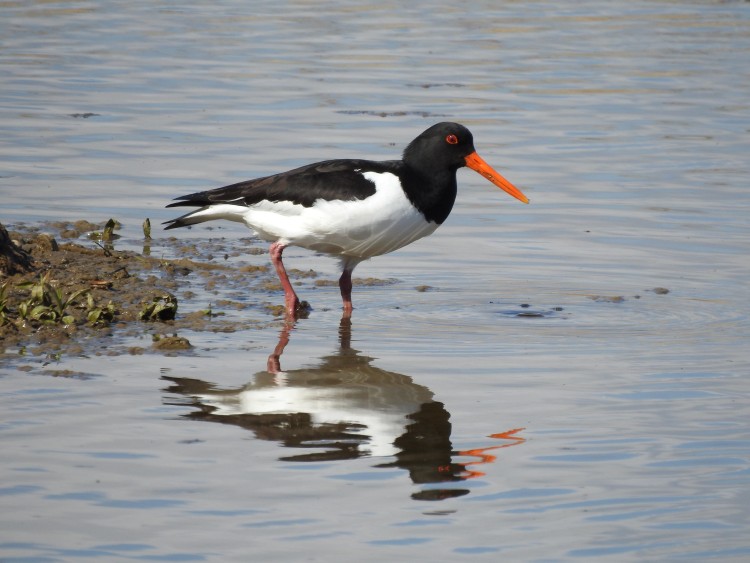
Eurasian Oystercatcher by ianpreston (CC BY 2.0 DEED)

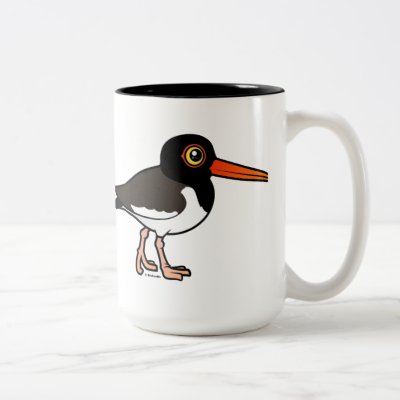
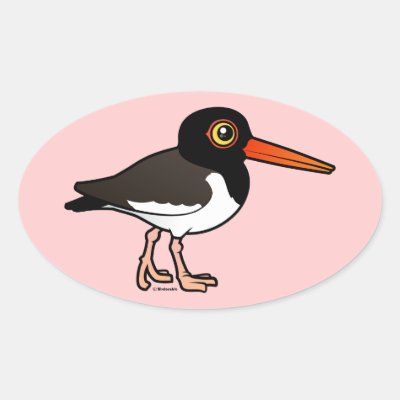



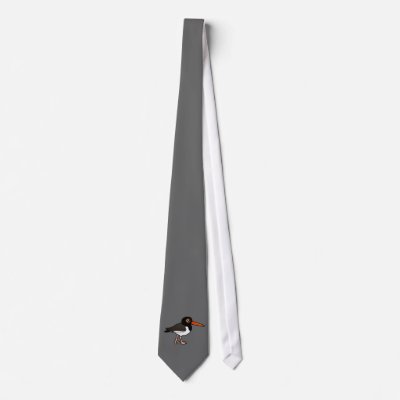
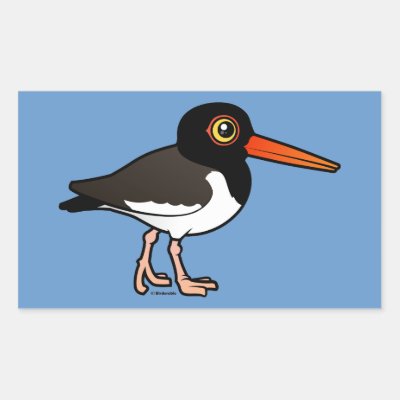



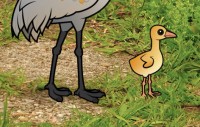

Comments
Leave a comment
Thank you!